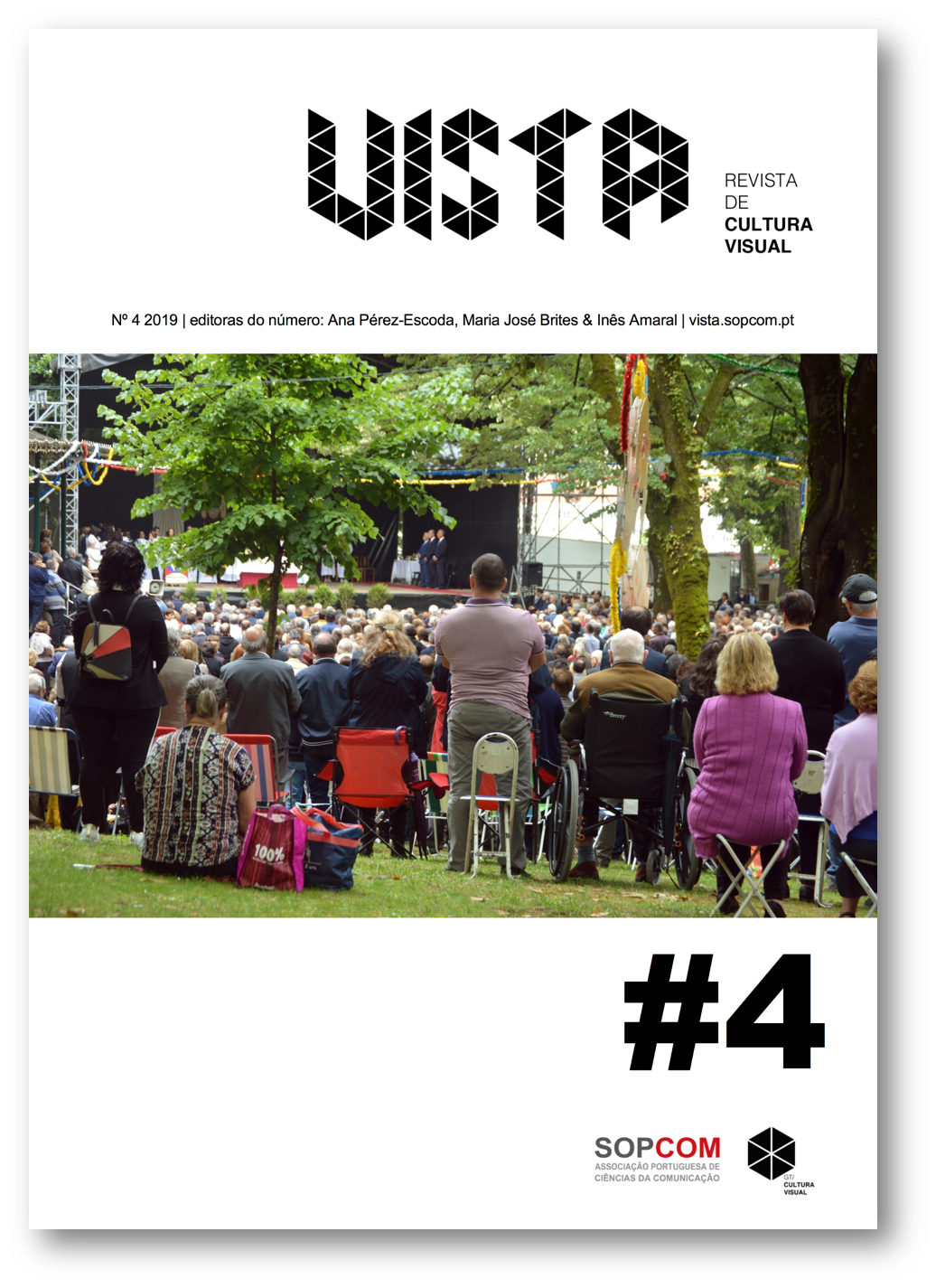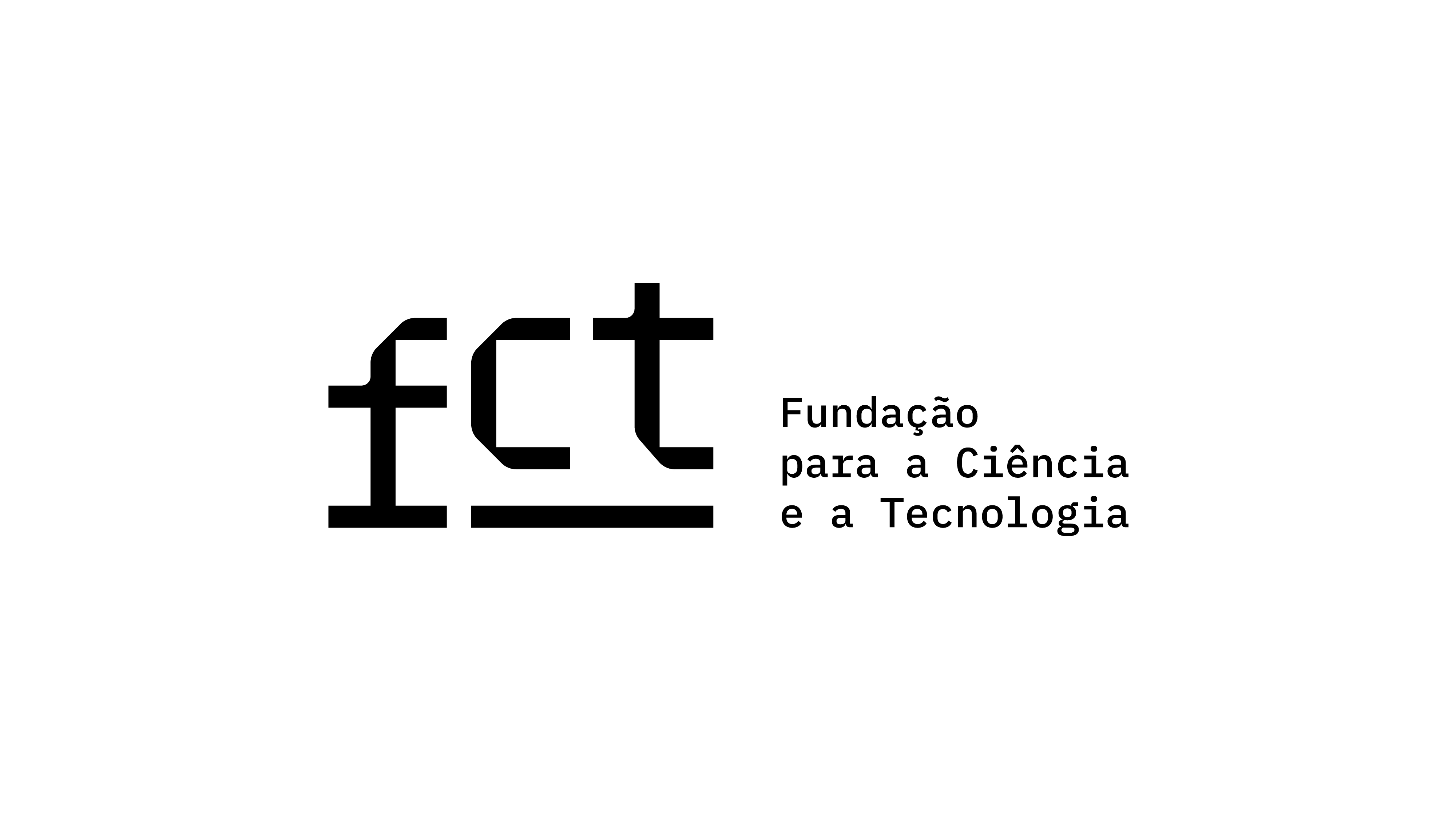Do photobooth à selfie: A cabine fotográfica e as gerações tecnológicas
DOI:
https://doi.org/10.21814/vista.3014Keywords:
photobooth, photography, selfie, self-portrait, self-representationAbstract
The photobooth goes through generations, provoking a continuous interest in a diversified public, preserved and, at times, raised by a strong revivalism, at the same time, being devalued by the new generations. Photography is, itself, the capture of a certain moment, and, in the booth, the photographic proof is simultaneously the event and its register, the object and the photograph. The user of the machine is the photographer and the photographed, the one that triggers the camera and the one that's captured by it, which consists in an interesting ambivalence hugely explored by the artistic community.
The photobooth became a strong instrument of self-portrait, self representation and subjective introspection as it allows to explore the concept of identity through an unique language: the
automatism, the image reflected in the screen and the sequentiality. In the other hand, the popularized selfie suggests a subjectivity that vulgarizes the self representation and collides with the search of identity. It's to that type of photography that the younger generations are dragged to, being completly absorbed by the digital universe, the era of the multiple identity of an almost infinite individual unfolding that explores the alter-ego in a continuous and dispersed way tending to anul the purpose of self-representation. The dynamic of the virtual and the online sharing, as in the social media networks, are no longer private, intimate or symbolic of reflection and introspection, characteristics of the booth. From that, this article questions and reflects the role of the photobooth and the self-portrait in today's generations, both social and technological.
Downloads
References
Barthes, R. (1979/2012). A Câmara Clara, nota sobre a fotografia. Lisboa: Edições 70.
Bauman, Z. (2006). Amor Líquido. Lisboa: Relógio d’Água.
Bauman, Z. (2011). 44 cartas do mundo líquido moderno. Rio de Janeiro: Zahar.
Bazin, A. (1960). The Ontology of the Photographic Image, Film Quarterly. Vol. 13, No. 4, 4-9.
Benjamin, W. (1931/2012). Sobre Arte, Técnica, Linguagem e Política. Lisboa: Relógio D’Água.
Bloch, M. (2012). Behind the Curtain. A History of the Photobooth. [Texto em site]. Consultado em: http://www.panmodern.com/photobooth.htm.
Danto, A. (1995). After the End of the Art: contemporary art and the pale of history. Princeton: Princeton University Press.
Fontcuberta, J. (2010). A Câmara de Pandora. A fotografia depois da fotografia. Barcelona: Editorial Gustavo Gilli.
Hine, L. W. (2013). A Fotografia Social, in A. Trachtenberg (ed.). Ensaios sobre Fotografia (pp.123-127). Lisboa: Orfeu Negro.
Jeffries, S. (2013, 13 de dezembro). The death of photography: are camera phones destroying an artform?. The Guardian. Consultado em: https://www.theguardian.com/artanddesign/2013/dec/13/death-of-photography-camera- phones
Neves, E. (2016). O auto-retrato, fotografia e subjectivação. Lisboa: Palimpsesto Editora.
Pinto de Almeida, B. (2014). Imagem da Fotografia. Lisboa: Relógio D'Água. Selfie (2019) Cambridge Dictionary. [online] Consultado em:
https://dictionary.cambridge.org/dictionary/english/selfie
Sontag, S. (2012). Ensaios sobre a fotografia. Lisboa: Quetzal Editores.
Stern, R. & Bacchetta, C. D. (2012). Dossier Pédagogique Derrière le Rideau – L’esthétique Photomaton. Lausanne: Musée de L’Elysée. Consultado em: https://bdper.plandetudes.ch/uploads/ressources/3165/DOSSIER_PEDAGOGIQUE_P HOTOMATON_.pdf
Downloads
Published
How to Cite
Issue
Section
License

This work is licensed under a Creative Commons Attribution 4.0 International License.
Authors own the copyright, providing the journal with the right of first publication. The work is licensed under a Creative Commons Attribution 4.0 International License.













